Stringent Regulatory Frameworks
The Bioburden Testing Market is heavily influenced by stringent regulatory frameworks imposed by health authorities and organizations. Regulatory bodies such as the FDA and EMA have established comprehensive guidelines that mandate bioburden testing for various products, particularly in the pharmaceutical and medical device sectors. Compliance with these regulations is essential for market entry and product approval, thereby driving the demand for bioburden testing services. The increasing focus on patient safety and product quality has led to more rigorous inspections and audits, compelling manufacturers to invest in reliable testing methods. As a result, the bioburden testing market is expected to witness sustained growth, with an emphasis on adherence to evolving regulatory standards. This trend underscores the critical role of bioburden testing in maintaining compliance and ensuring the safety of healthcare products.
Rising Demand for Sterile Products
The increasing demand for sterile products across various sectors, including pharmaceuticals, biotechnology, and medical devices, is a primary driver for the Bioburden Testing Market. As healthcare providers and manufacturers strive to ensure product safety and efficacy, the need for rigorous bioburden testing becomes paramount. According to industry reports, the biopharmaceutical sector is projected to grow significantly, with an estimated market size reaching USD 500 billion by 2025. This growth is likely to propel the demand for bioburden testing services, as companies seek to comply with stringent quality standards and regulations. Furthermore, the rise in surgical procedures and the growing prevalence of chronic diseases necessitate the use of sterile products, thereby enhancing the relevance of bioburden testing in ensuring patient safety and product integrity.
Expansion of Biopharmaceutical Sector
The expansion of the biopharmaceutical sector is a crucial driver for the Bioburden Testing Market. With the increasing development of biologics and biosimilars, there is a growing need for comprehensive bioburden testing to ensure product safety and efficacy. The biopharmaceutical market is projected to experience substantial growth, with estimates suggesting it could reach USD 500 billion by 2025. This growth is likely to be accompanied by an increased focus on quality control measures, including bioburden testing, to comply with regulatory requirements. As more companies enter the biopharmaceutical space, the demand for reliable testing services is expected to surge, further propelling the bioburden testing market. The emphasis on innovation and the development of new therapies will continue to drive the need for effective bioburden testing solutions.
Growing Awareness of Infection Control
The heightened awareness of infection control practices is a significant driver for the Bioburden Testing Market. As healthcare-associated infections (HAIs) continue to pose a serious threat to patient safety, the emphasis on effective infection control measures has intensified. Hospitals and healthcare facilities are increasingly implementing stringent protocols to minimize the risk of contamination, which includes regular bioburden testing of medical devices and sterile environments. The World Health Organization has reported that HAIs affect hundreds of millions of patients worldwide, highlighting the urgent need for effective testing solutions. Consequently, the demand for bioburden testing services is likely to rise as healthcare providers seek to enhance their infection control strategies. This trend not only supports patient safety but also drives the growth of the bioburden testing market as organizations prioritize quality assurance.
Technological Innovations in Testing Methods
Technological advancements in bioburden testing methods are transforming the Bioburden Testing Market. Innovations such as rapid testing techniques, automated systems, and advanced microbial detection technologies are enhancing the efficiency and accuracy of bioburden assessments. For instance, the introduction of real-time PCR and next-generation sequencing has significantly reduced testing times while improving sensitivity. These advancements not only streamline the testing process but also enable manufacturers to meet the increasing regulatory demands for faster turnaround times. As the market evolves, companies that adopt these cutting-edge technologies are likely to gain a competitive edge, positioning themselves favorably within the bioburden testing landscape. The integration of automation and digital solutions is expected to further drive market growth, as organizations seek to optimize their quality control processes.
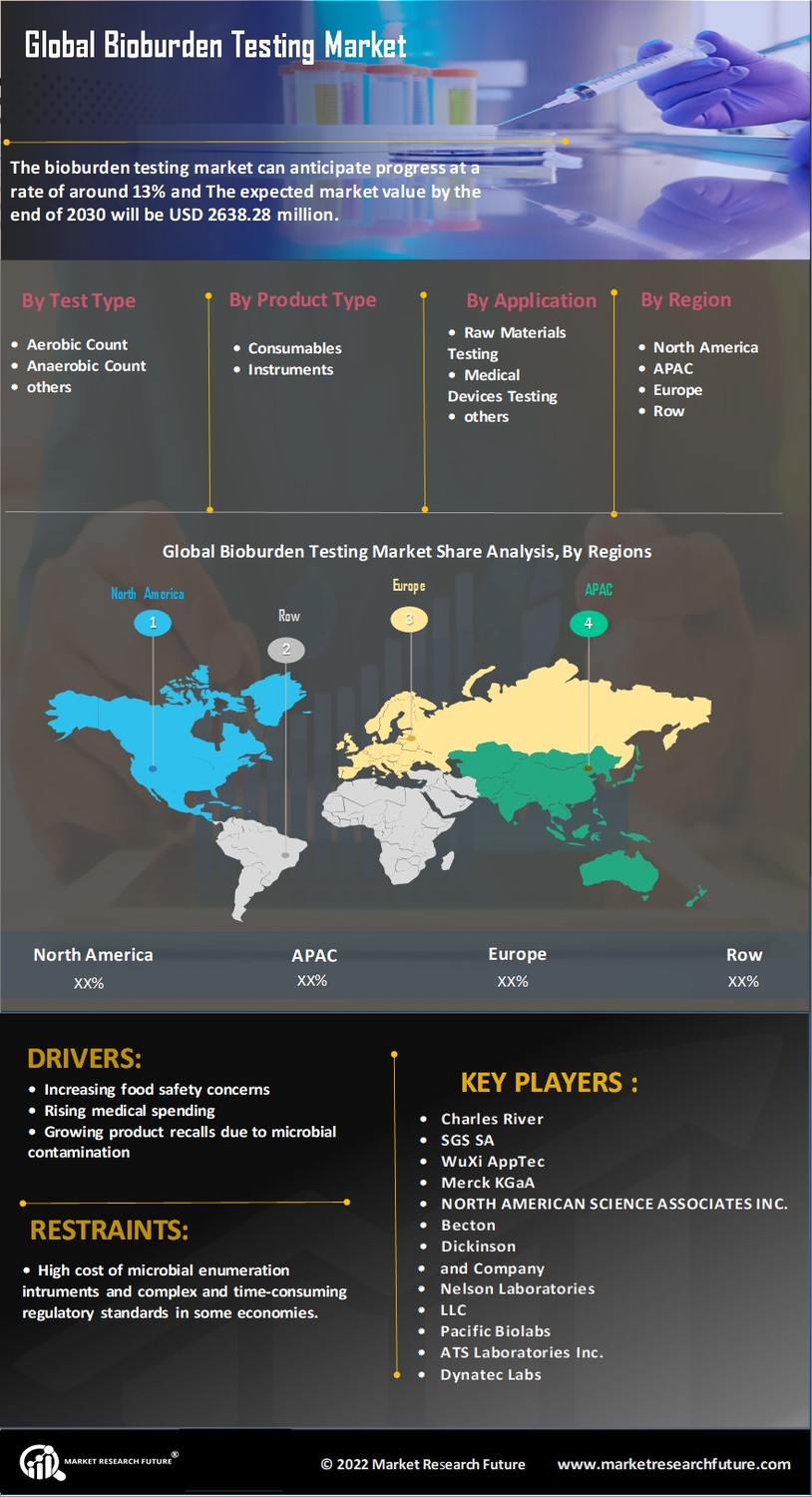

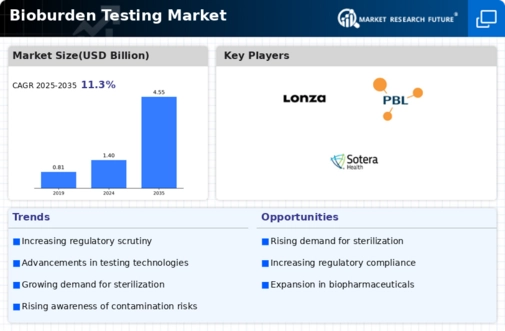
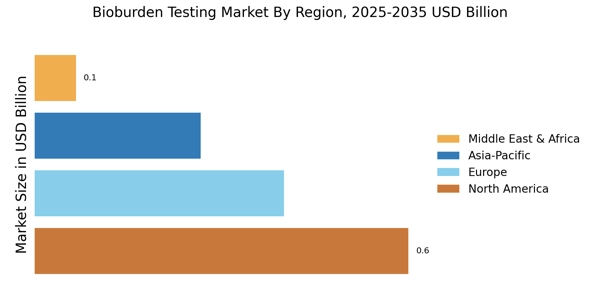
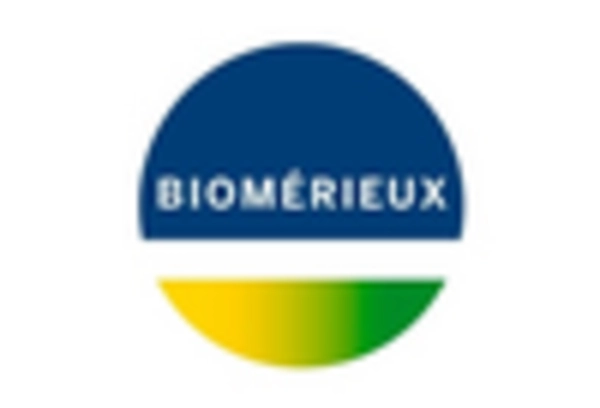



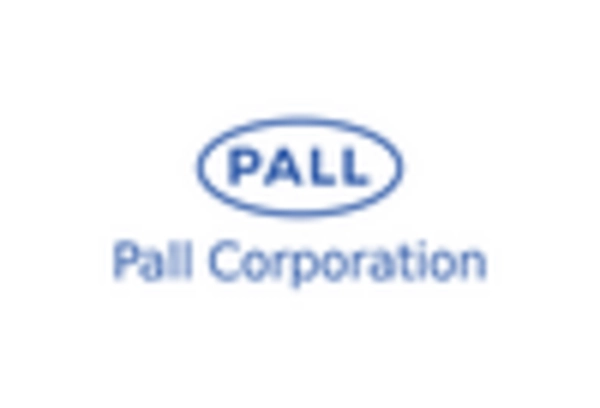









Leave a Comment